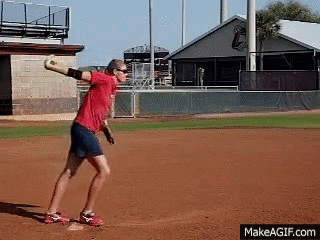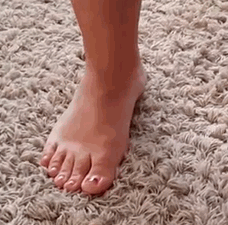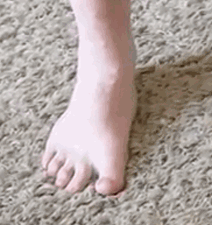Why is 3 o'clock an absolute? I understand it's a good goal to shoot for, and keep shooting for as they get older, but I don't think it's a deal breaker.

One could make the same statement about using IR mechanics. BTW in the clip you attached, Abbott's meets the checkpoint.
Take a look at the model pitcher database (link), and you'll see that it is one of a couple primary checkpoints for elite pitchers.
1. Drive foot separation from rubber at or before arm is @ 3 o'clock (doesn't have to be completely off rubber, but should be released)
2. Stride foot plant at or before the arm is @ 9 o'clock (not just toe touch, but physically planting)
I agree that some can be different and be successful, but we should not be in the business of hoping for anomalies to work out. The checkpoints are indicators that something is out of sequence, something isn't strong enough, or something else is wrong. The hard part is figuring out which it is. The first two are correctable with time and practice, but the last one can take years (if they last that long).








